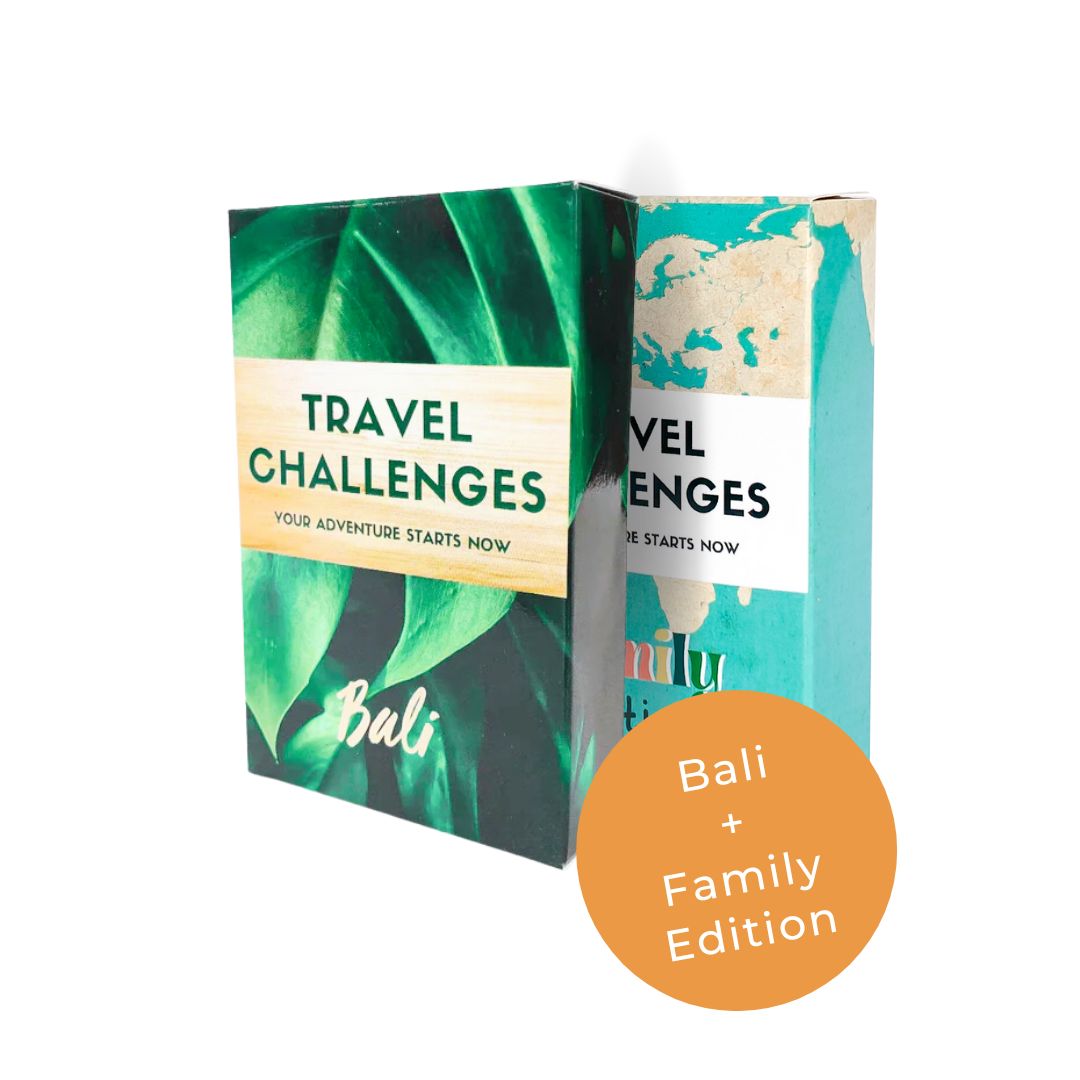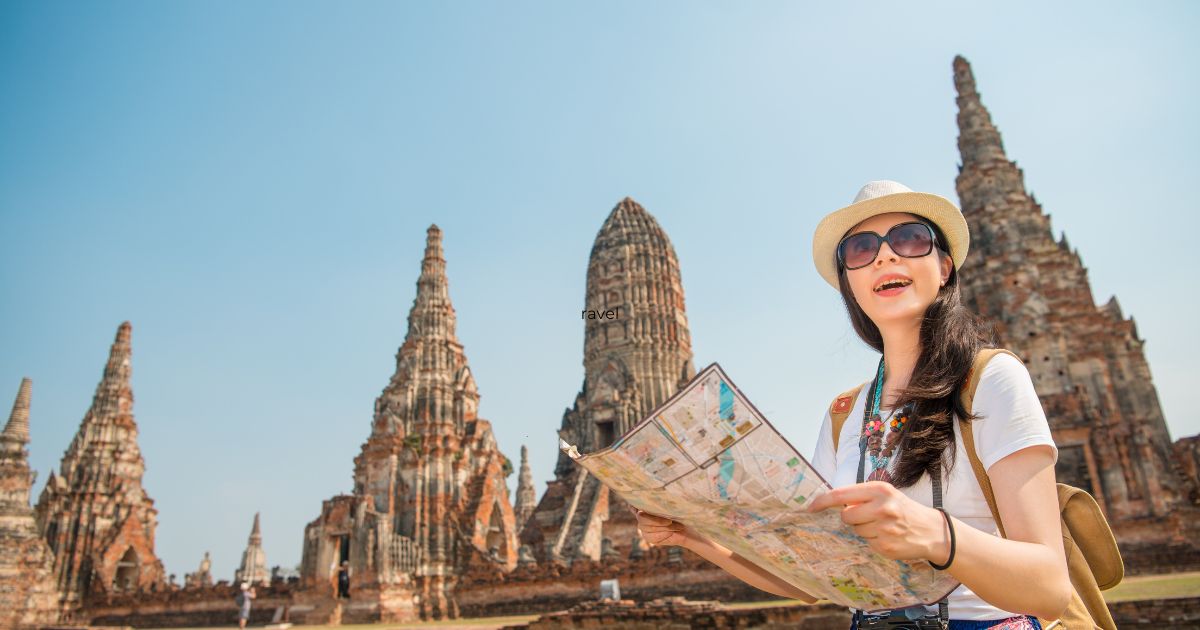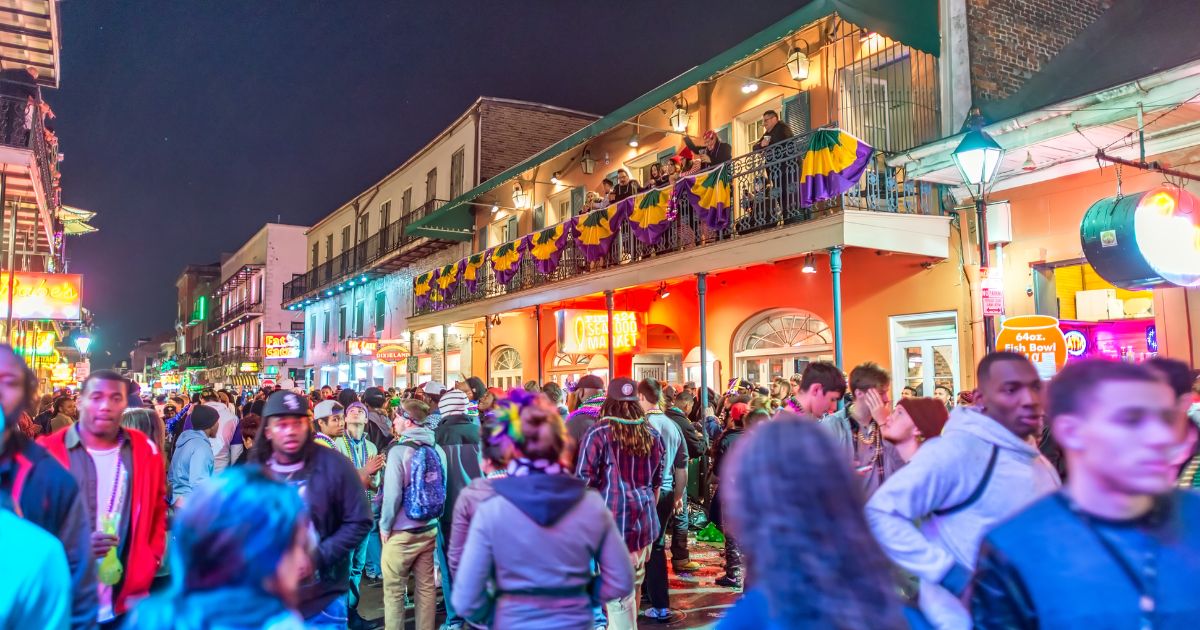The Lantern Festival is one of the most important traditional festivals in China, celebrated on the 15th day of the first lunar month. This festival marks the end of the Chinese New Year celebrations and has a history of over 2,000 years. The main activity during the festival is the lighting of lanterns, and tangyuan is a popular food during the festival. In this blog post, we will explore the significance, customs, and traditions associated with this unique cultural event.
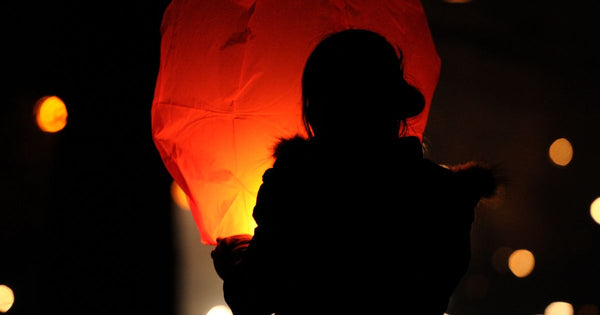
Origin of the Lantern Festival
The origins of the Lantern Festival can be traced back to the Han Dynasty (206 BCE-220 CE). According to legend, the festival began as a way to celebrate the end of winter and the coming of spring. The Emperor ordered that lanterns be lit throughout the city to ward off evil spirits and bring good luck. Over time, the festival evolved to include many customs and traditions.
Customs of the Lantern Festival
One of the most iconic customs of the Lantern Festival is the display of lanterns. Lanterns come in all shapes and sizes,from simple round ones to intricate designs of animals, flowers, and mythical creatures. Another popular custom is solving lantern riddles, where riddles are written on the lanterns and participants have to guess the answers. Tangyuan, a sweet glutinous rice ball, is a traditional food that is eaten during the festival. Additionally, dragon and lion dances are also performed during the festival.

We would like to take this opportunity to remind you that we have decks of different editions of challenges for you to do during your vacation. As such, this is one of the random challenges that may appear in the Original Edition of the Travel Challenges deck:

Lantern Festival Decorations
Lanterns are the most important decoration during the Lantern Festival. They come in various colors and shapes, and often feature images of animals, flowers, and Chinese characters. The color red is also commonly used as it symbolizes good luck and fortune. Other traditional decorations include paper cutouts, banners, and paintings.
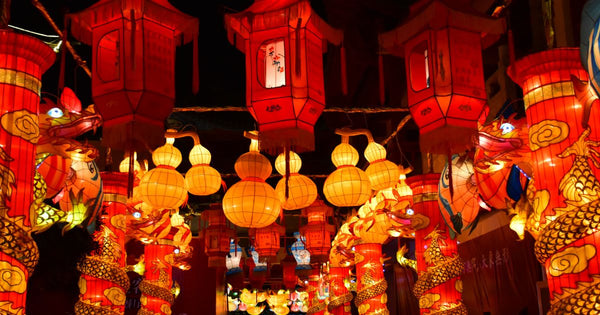
Lantern Festival Food
Tangyuan, a sweet glutinous rice ball filled with sesame, peanut, or red bean paste, is the most popular food during the Lantern Festival. The round shape of tangyuan is symbolic of unity and harmony. In addition to tangyuan, rice dumplings and other traditional dishes are also commonly eaten during the festival.
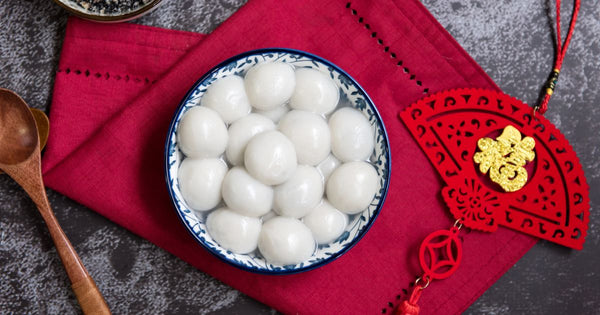
Activities during the Lantern Festival
The main activity during the Lantern Festival is lighting lanterns. People gather to light lanterns and watch them float up into the sky, creating a magical atmosphere. Additionally, there are often performances of dragon and lion dances, as well as parades featuring large lantern displays.
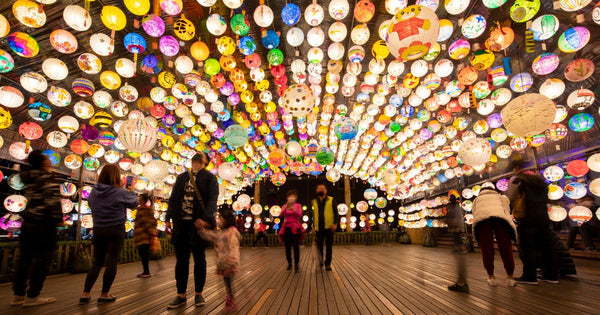
The Lantern Festival is a beloved tradition in Chinese culture that has evolved over thousands of years. It is a celebration of the end of winter and the beginning of spring, as well as an opportunity to spend time with family and friends. Through the customs and traditions associated with the festival, we can gain a deeper understanding and appreciation of Chinese culture.
If you're interested in experiencing more unique cultural traditions, check out our deck of cards with 50 travel challenges. These challenges will help you explore new cultures and create unforgettable memories on your next trip. Purchase now and start planning your next adventure!





